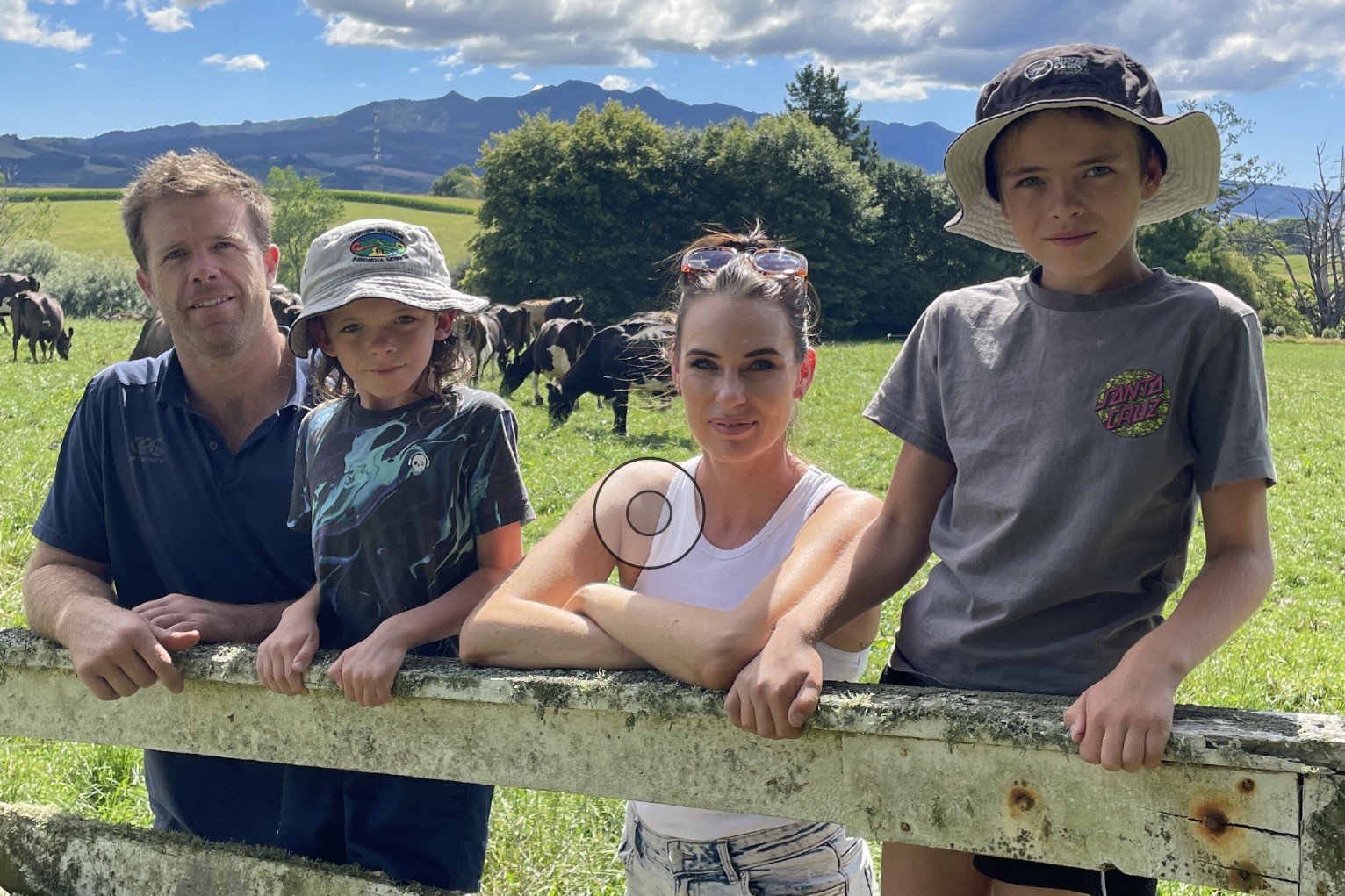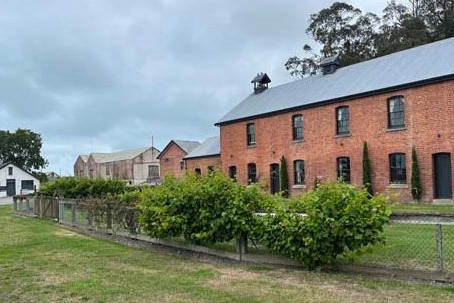Karen Trebilcock
Plant and Food Research scientist Brendon Malcolm’s tweet was excited:
“On-farm SFF catch crop trial update, post winter grazing in Southland, oats almost fully emerged at both sites following sowing with 1-pass spader-drill. Roots will be developing at 3x the rate of leaves in early stages, important for N capture.”
Oats up out of the soil usually don’t cause most people to tweet about them but these were oats growing in early August near Mossburn, sown after the winter crop had already been grazed.
Part of a three-year trial through the Lincoln Agritech-led Sustainable Farming Fund (SFF) to prove that catch crops are possible, the oats had been sown after fodder beet was grazed by dairy cows.
A Farmax Rapide spader, paired with a Kongskilde drill, was used to sow the oats in a single pass on July 1 and six weeks later, in the midst of one of the southern winter’s worst spells of wet weather, the oats were up.
Traditionally winter crop paddocks are not resown until September/October or even as late as December from Canterbury south with farmers waiting for favourable conditions to sow permanent pasture.
Animal urine plus the leaves and stems of uneaten plants leave a nitrogen-rich soil after winter crop grazing but with plants no longer growing in the paddock able to take up the nutrients, late winter and spring rain usually flushes the nitrogen out of the soils and into the nearest waterway.
So much so, that winter crop grazing is recognised as a major potential contributor to a dairy catchment’s nitrogen leaching losses.
Trial work has proven that catch crops are one of the answers but have only been done on small plots and not on a commercial scale.
“Drilling catch crops on the scale of a commercial paddock in winter is potentially more problematic and it’s less likely to be adopted if farmers feel there is little net economic and, or environmental benefit,” Malcolm says.
In 2018, three trials in Mid-Canterbury and two in Southland were set up using cultivation, direct drilling or inversion drilling with oats, triticale and Italian ryegrass/ryecorn sown.
However, a wet and cold spring last year saw the southern trials faltering as the paddocks were too wet to drill near Mossburn and it was not until late August the oats went in.
To the rescue came a local dairy farmer’s Farmax Rapide spader which he had just imported from Holland after seeing it working there.
The spader does what a plough, power harrow and seeder do but all in one pass and it doesn’t seal off the bottom. It’s medium tillage so it mixes the fertile soil but doesn’t bury it. Unlike a power harrow, it also doesn’t smash the soil, instead lifting it and letting it crumble away.
While the Mossburn paddocks in the trial lay too wet to put a tractor and conventional gear in, the Gore paddocks were planted in July with the spader and an 8.4-tonnes of drymatter (DM)/ha crop was harvested in December with 124kg N/ha used by the growing oats.
Oat yields in Mid-Canterbury were similar – ranging from 7.3- 12.1t DM/ha with N uptakes of 158-363kg N/ha recorded.
However, for the Mossburn oats, sown late, only a 4-6t DM/ha crop was grown and uptakes were only 55-120kg N/ha.
Gross profit returns for the Mid-Canterbury trials, $1400-$2550/ha, matched the Gore spader-drill treatment which returned $1600/ha.
In Mossburn, the late crop was worth $500/ha.
Although the science shows intensively working wet, nitrogen-filled soils allows the nitrogen to be released into the atmosphere, Malcolm says the spader still appeared to be a valuable tool especially after pugging on water-logged soils.
“Direct drilling is ideal because the more you cultivate the greater the risk of releasing more nitrogen via mineralisation but the spader, even though it did work up the soil, did everything in one pass and got it done.
“It was exciting to see what it could achieve,” he says.
And part of the trial was looking at the physical condition of the soil before and after the catch crop, with results showing that the physical properties of the soil were not compromised, at least in the short term, using the spader.
“If we wait until the soil is dry enough to conventionally drill, the crops can be running out of nutrients because the nitrogen is already lost well before the crop can pick it up.”
Even in Canterbury after fodder beet grazing, pre-drilling cultivation was found to be needed because of soil compaction from animal trampling.
Broadcasting the oat seed after light cultivation in earlier trial work in Canterbury was successful, but not to the same extent as other methods, likely due to a compromised soil-to-seed contact, he says.
This year the spader-drill has been used more extensively in the trial work in the south and annual ryegrasses have also been mixed into the cereals to see if yields and the nitrogen uptakes are increased or compromised.
If successful, having an annual ryegrass establish as part of the mix could enable the paddock to be brought back into a grazing rotation earlier.
Malcolm says it seems soil and climate would dictate sowing methods onfarm and although minimal tillage is best, so the least amount of nitrogen is lost, getting the seed in the soil and growing is more important.
“On soils that are heavier or more prone to prolonged periods of water logging, successful catch crop establishment may rely on good management of the fallow soil after grazing to ensure suitable conditions for sowing and germination.
“For example, if conditions allow, immediately surface grubbing or ripping recently grazed land will allow soils to dry out more rapidly, enabling earlier access for soil preparation and sowing.”
The earlier the catch crop is established, the greater the potential to reduce nitrogen leaching particularly on light free-draining soils during periods of highest risk which is from late winter to mid-October.
Using conventional cultivation or direct drilling to establish the winter fodder crop can also influence the level of compaction and pugging at grazing.
Recent work in the DairyNZ-led Forages for Reduced Nitrate Leaching programme in Canterbury has demonstrated that no-till practices could not only result in successful crop establishment, but also markedly reduce the risk of soil compaction during winter grazing.
In turn, this can improve the establishment and nitrogen uptake of subsequent crops.
Other work outside of the SFF is underway to better gauge the impact of catch crop plant population and row spacing on crop canopy development and nitrogen uptake.
Twitter will be used to provide updates as the trial develops and data comes in.





